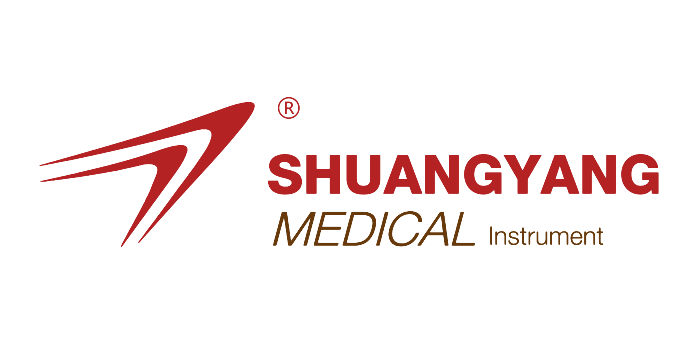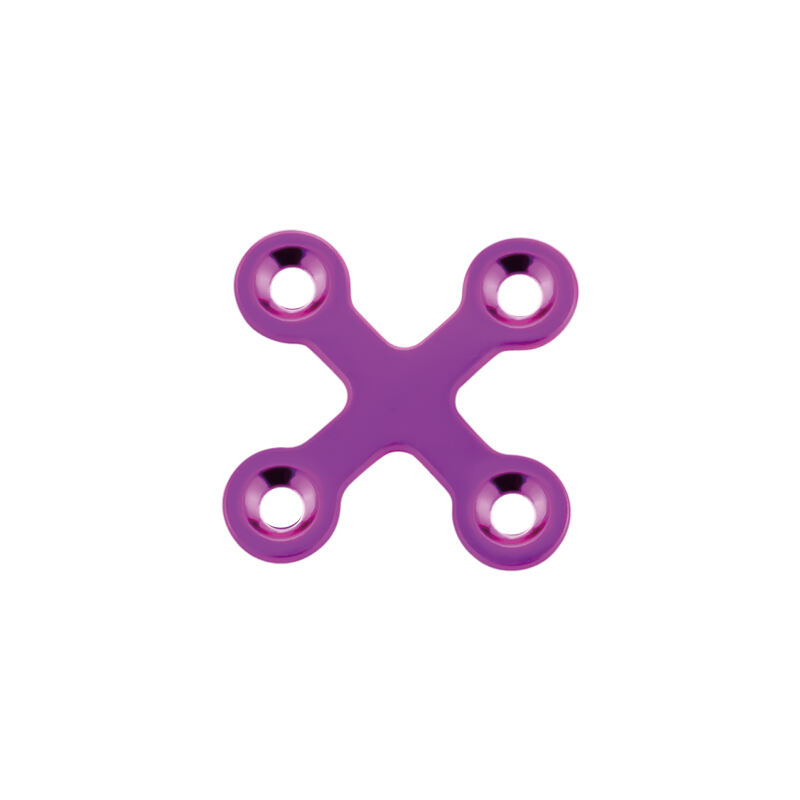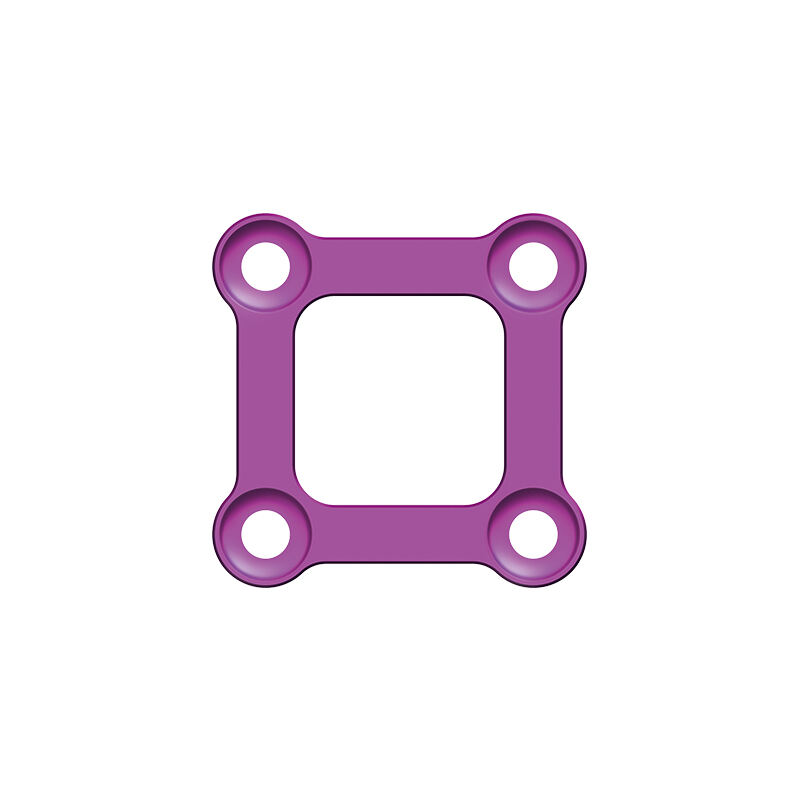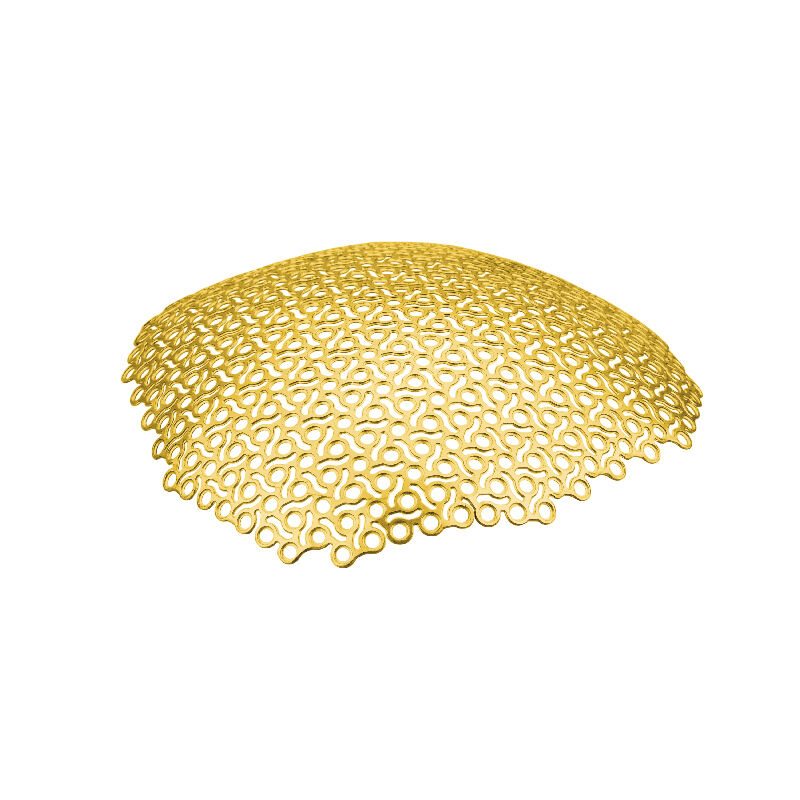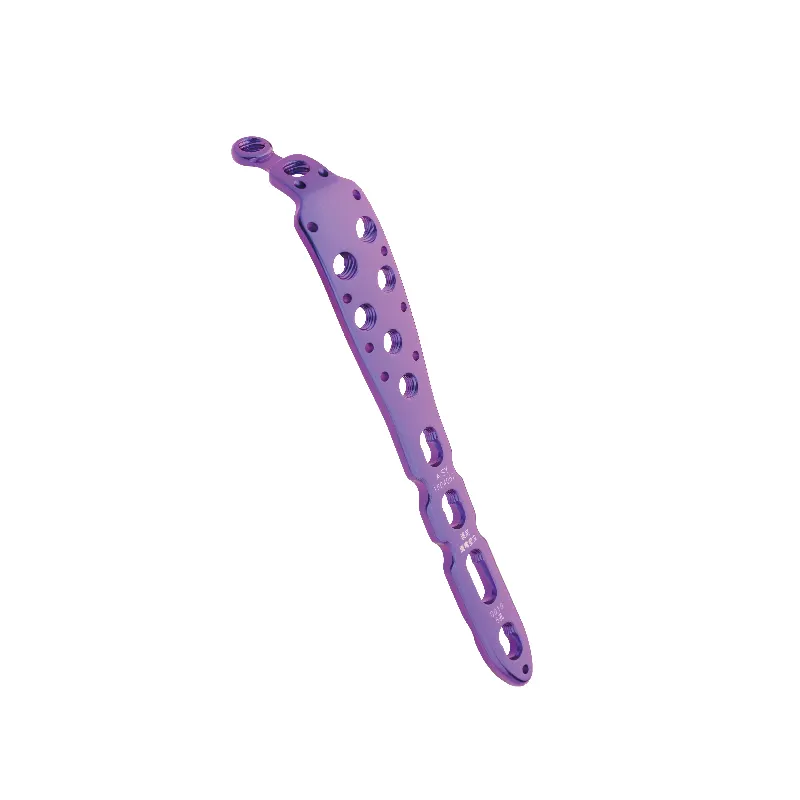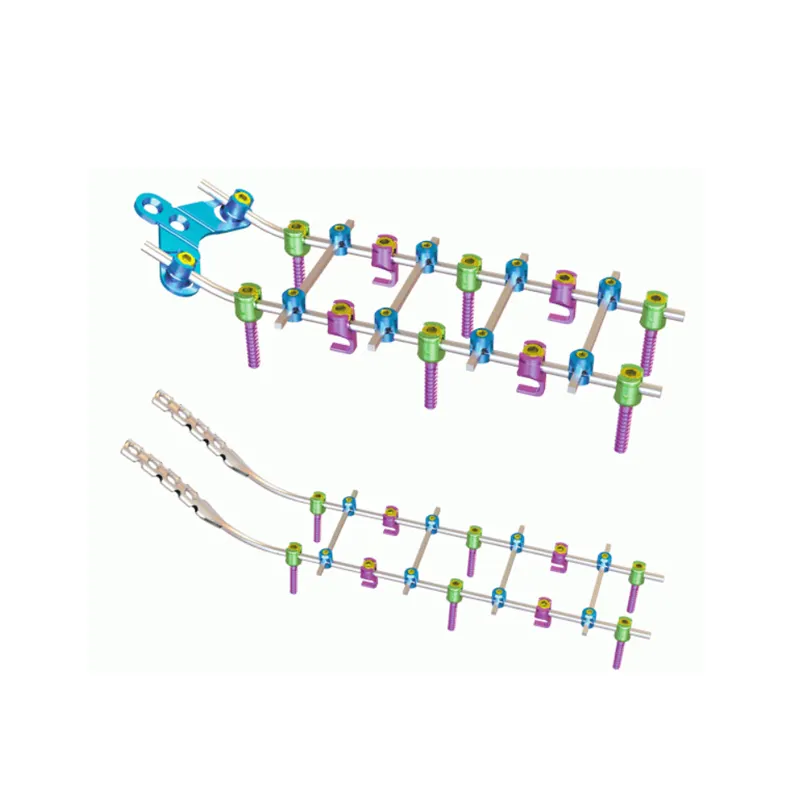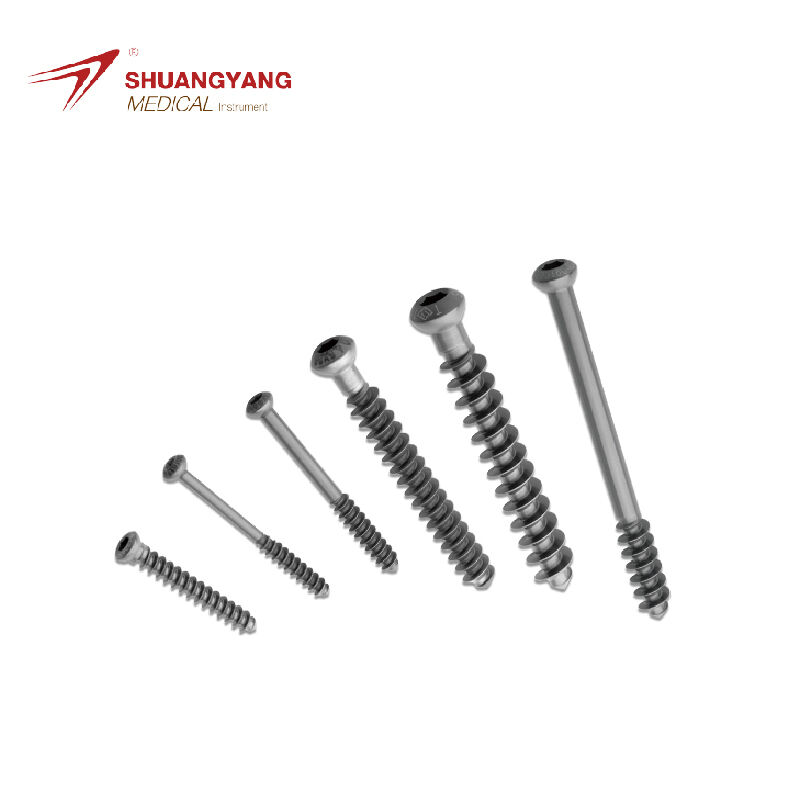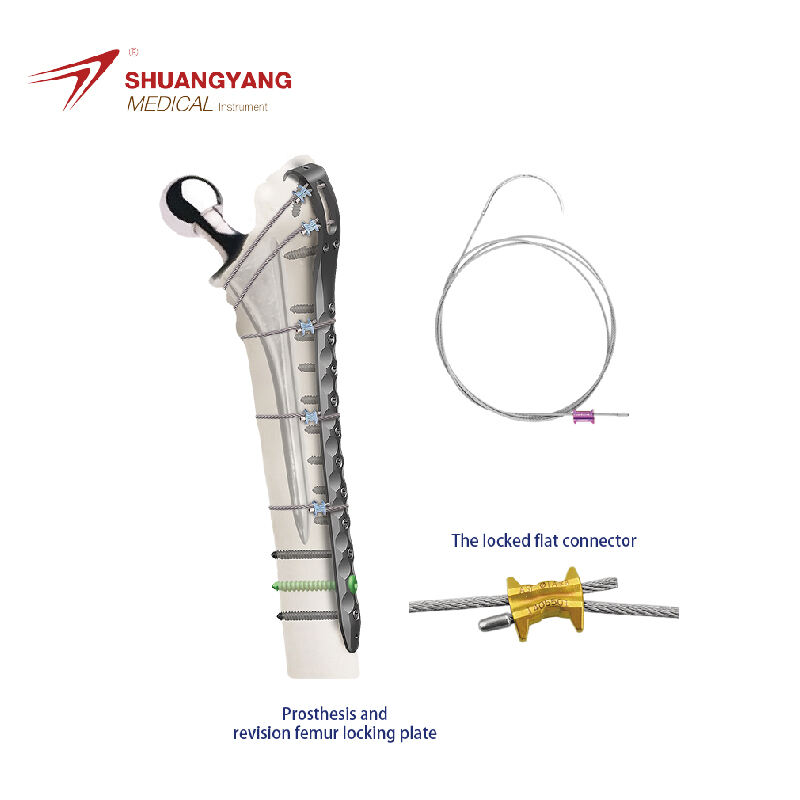intramedullary nail femur
The intramedullary nail femur is a revolutionary medical device used for the internal fixation of fractures in the femur, or thigh bone. Its main function is to stabilize the bone, allowing it to heal properly. Technological features of the intramedullary nail femur include a hollow, cylindrical design that is inserted into the medullary cavity of the bone. It is made from high-grade medical steel that provides strength and durability. The nail has a thread at one end, which helps in the insertion and provides anchorage, while the opposite end may have a locking screw system to prevent rotation. This device's applications range from simple fractures to complex trauma cases, offering a reliable solution for orthopedic surgeons.
 EN
EN
 FR
FR
 ES
ES
 AR
AR
